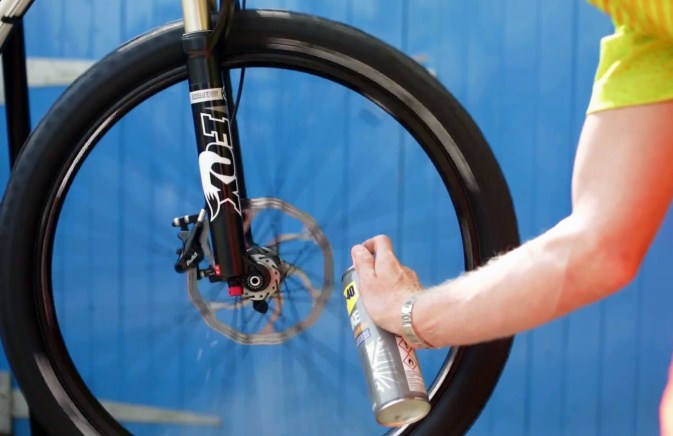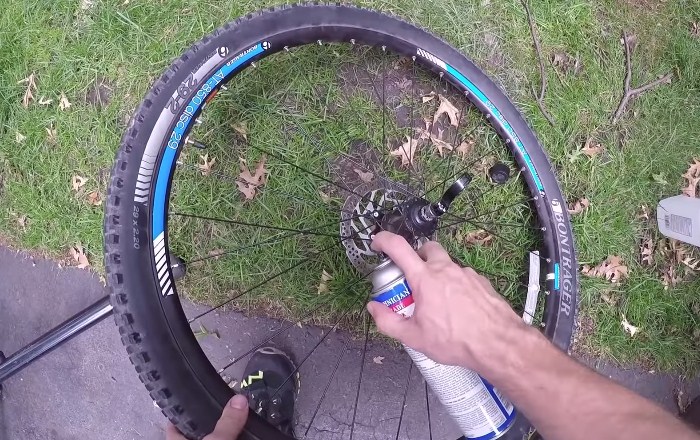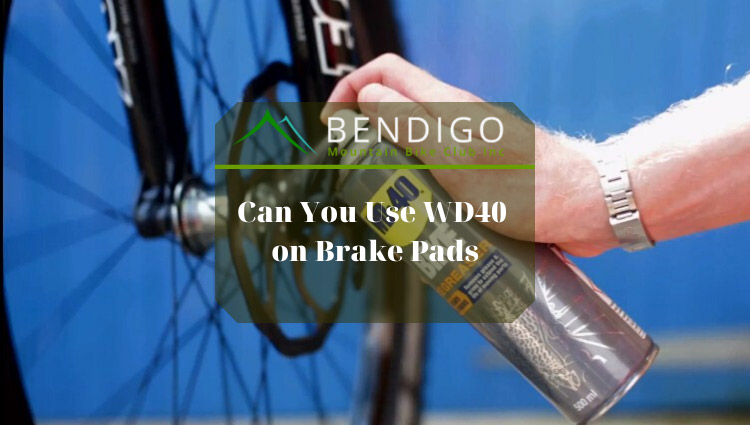Can You Use WD40 on Brake Pads
It is a good idea to do regular maintenance on your bike, especially if you use it often. For instance, if cycling is a part of your daily routine. Performing maintenance allows you to detect any potential problems and as such, you would exactly know what you need to replace, repair or adjust in your bike.
Checking on your bike systematically gives you the assurance that you won’t come across any problems whenever you ride. Since the brakes of your bike are very important to ensure your safety while cycling, maintaining this part is of the essence. But when it comes to brake pads, can you use WD40? Let’s find out.
Table of Contents
Can you use it on brake pads?

The short answer is, no. WD40 is only suitable for cleaning the internal metal parts of your bike before assembling and lubricating them. You should never use WD40 on anything other parts of your bike, especially the brake pads.
Applying any kind of oil on your bike’s brake pads or the rotors will lead to contamination. Once this happens, you need to thoroughly clean the rotors using rubbing alcohol. After that, you can either clean the contaminated brake pads too or replace them.
Is it possible to save your brake pads?

If you have already tried using WD40 on your bike’s brake pads, you may need a solution to this problem. Before throwing out your brake pads, you may want to try cleaning them and see if they still work. Here are some suggestions:
- You may try to salvage your brake pads by sanding them down a bit. This is a quick-fix solution that may or may not work.
- Another suggestion is to torch your brake pads to burn the contaminants out. If this doesn’t work, then it’s time to replace them. Don’t forget to clean your rotor thoroughly too.
- You can cry taking the brake pads off and cleaning them with alcohol. After that, you can place them in an oven or toaster oven to dry. Once the brake pads are completely dry, sand the surfaces of the pads a bit then see if they still work. If they don’t, it’s time for you to buy new brake pads.
- Finally, you can try using brake cleaner. Buy this from any auto parts shop. Spray the brake pads down completely. This may remove any trace of lubricant. Again, test your brake pads to see if they work before your next cycling trip.
Many believe that there are ways to save your brake pads because they don’t consider the brake pads damaged beyond repair when you use WD40 on them. When this happens, it just means that your brake pads get covered with a lubricant. Thus, you can solve the issue by removing the lubricant completely. Once there are no more traces of WD40, the pads should work well.
The proper way of cleaning your bike’s brake pads
Now that you know that applying WD40 isn’t an effective way to clean the brake pads of your bike, you should also learn how to clean them properly. The first thing to do is to check whether the brake pads still have any remaining braking surface.
If not, remove the pads from the brake caliper. This gives you two choices – to replace the brake pads with new ones or try cleaning them first. Since the first option is self-explanatory, let’s discuss the second choice. Here are some helpful pointers for this step:
- First, dismount the caliper, then take the brake pads out. Wash your hands before you do this. In many cases, replacing pads with soiled hands makes them even more difficult to clean. Although washing your hands ensures the cleanliness of your brake pads, the best way to handle the pads is with gloves.
- Clean the brake pads’ surface layers by using a rag dampened with alcohol. After doing this, you can start the process of deep cleaning.
- Use a fine grain piece of sandpaper to rub the pads’ surfaces. Make sure you do this uniformly. After finishing the dirty layer, wipe the pads again to remove any dust caused by sanding.
- Drying time comes next. With the cloth soaked with alcohol, you can bring a source of heat like a lighter to it – to evaporate any excess alcohol. This opens the pores of the brake pads.
- Finally, you can clean the pads with a degreaser, rinse, and dry.
Before you start reassembling the clamps and brake pads, make sure that all of the parts are completely dry and clean. Then you can conduct a test to check the success of your operation. After mounting the brake pads, it’s recommended to do a couple of dry brakings. Expect to hear some squeaking sounds at first as the pads adjust.
Conclusion
As a cyclist, it is very important to perform regular maintenance work on your bike and part of this is the checking of brakes pads. When cleaning your bike’s brake pads, never use WD40. Instead, follow the steps we shared. These will help you do the job well without any issues.

